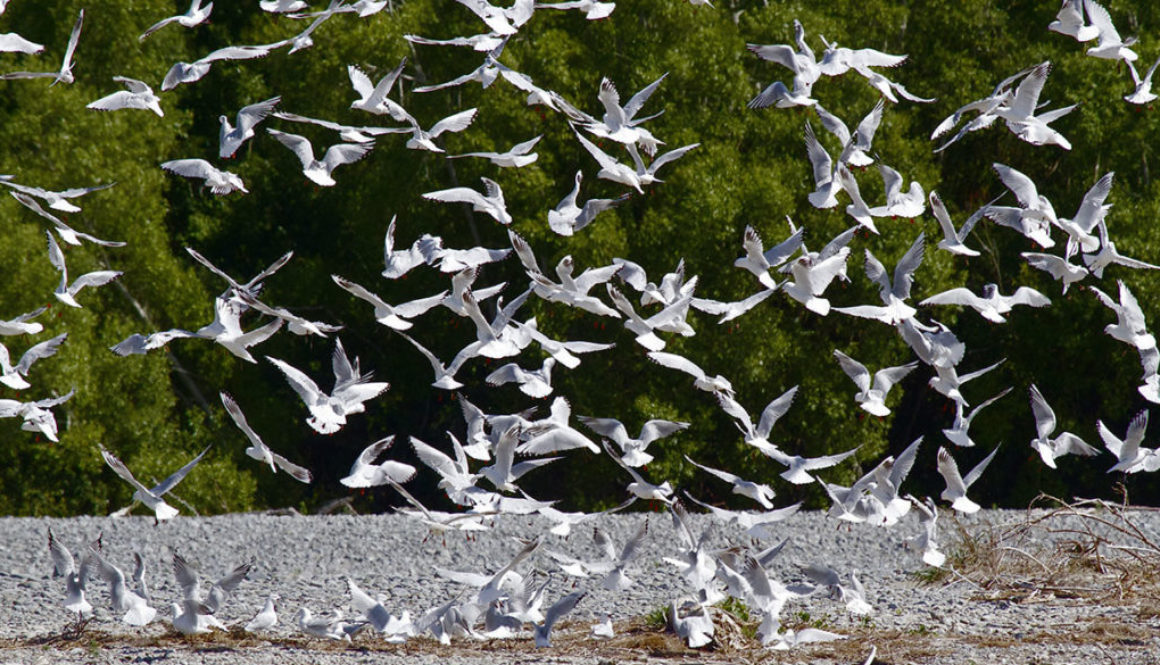ARRG wins a trans-Tasman award for practical wildlife management
Conservationists throughout Australasia have recognised the work of the Ashley Rakahuri Rivercare Group (ARRG), to protect the unique braided river environment of the Ashley-Rakahuri River.
ARRG have won with the Australasian Wildlife Management Society (AWMS) annual award for practical wildlife management.
Out of eight finalists from throughout Australasia, the North Canterbury Group won the award for its practical work to protect and enhance the populations of endemic braided river birds in the Ashley-Rakahuri River, including such threatened species as the wrybill, black-fronted tern, black-billed gull and the banded dotterel. All of these birds nest on clean shingle banks and islands within the river environment.
“What I like about this award,” says ARRG Chair Nick Ledgard, “is that the judges would have known nothing about us before we entered, so we were competing in a ‘clean slate’ arena”.
For 14 years, ARRG has run a predator trapping programme along an 18km stretch of the Ashley-Rakahuri River from just West of Rangiora to where the river crosses state highway just north of Waikuku Township. Additionally, the group has annually surveyed the population of braided river birds in the protected area, compiling an important record of bird population and nesting success data. It has also conducted extensive public awareness campaigns to advocate for the protection of the riverbed and its inhabitants. One of the results of its advocacy is a local agreement to keep off-road vehicles out of the river during the bird breeding season.
“On the award certificate,” Nick says, “it reads, ‘in recognition of outstanding best practice in wildlife management’. We were told we had won from a strong field of entrants. The AWMS goes out of its way to support applied conservation research and management. I was told we were exactly the sort of community group they wanted to support.”
There were more than 100 presentations at the annual conference and it was clear conservation challenges in Australia are quite different to ours because of the presence of native land mammals in Australia, an issue New Zealand does not have (apart from two species of bat).
“The most talked about predator of interest to us was the feral cat, which is arguably their major problem and, of course, in a river that runs through urban areas such as Rangiora, a major problem for us too.”
Nick adds that one of the main ideas he took from the conference was the use of trail cameras to not only measure the activity of the protected
“I was also shown some thermo-imaging cameras. Open riverbeds would be ideal for these, and at night we could get to know every visitor (right down to mice). But the cost is still huge for the best gear and obtaining funding for such equipment would be too much for us.”
When asked what he considered to be ARRG’s biggest challenge for the future, he replied, “I felt it was keeping on top of invasive weeds, which can quickly reduce suitable bird feeding and breeding habitat. Our surveys show that we can keep on top of the predators in the controlled area with trapping, but weed control is an ongoing and repeated issue if we are to maintain the clean shingle areas the birds need to breed.”

